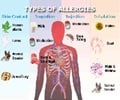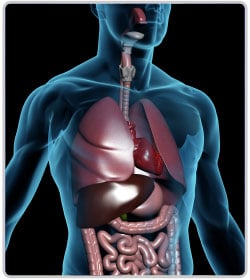- Cecil Medicine, 23rd Ed.
- The Merck Manual of Patient Symptoms.
About
Anosmia is the inability to perceive smell. Most patients with anosmia complain of losing the sense of taste (ageusia) and of not enjoying food.
Anosmia is the inability to perceive smell. When the loss of smell is partial, the condition is called hyposmia. Some people are anosmic for one particular odor; this is called “specific anosmia”. Specific anosmia is usually genetically based. Most patients with anosmia complain of losing the sense of taste (ageusia) and of not enjoying food. They can perceive salty, sweet, sour, and bitter substances, but flavour discrimination which is a function of olfaction is not possible.

Smell is perceived by a special lining in the posterior portion of the nose called the olfactory epithelium. Signals are carried from this lining via nerves to the brain. Any factors that obstruct the smell from reaching this lining, or cause damage to it may cause anosmia. Besides, damage to nerves that carry the signals or the part of the brain that perceives smell can also result in anosmia.
Anosmia may be part of normal aging. Respiratory infections, sinusitis, and head trauma are the most common causes of anosmia.
Diagnosis of anosmia is made by taking a detailed history, examining the patient and carrying out some tests. Tests like CT scan and MRI may be required in cases when the cause is not clear. There are no treatments for anosmia itself though the specific causes may be treated.











